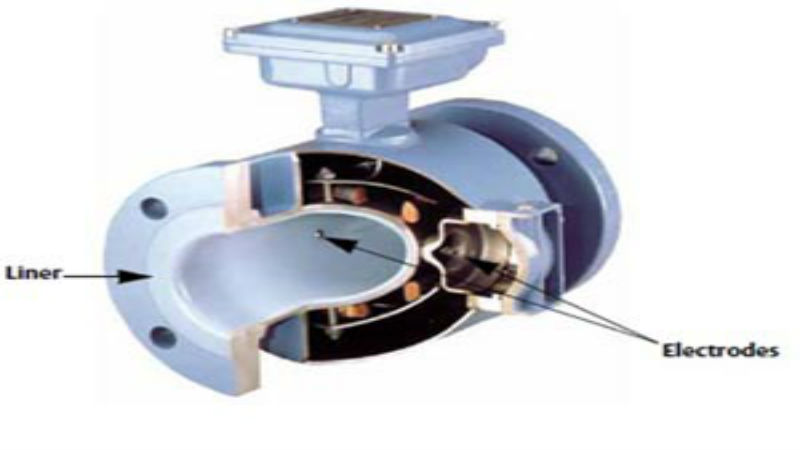A wire rope hoist is used to lift heavy loads in various industrial construction scenarios. At times these devices are rated to lift more than 1000 pounds. Smaller loads may also be lifted by hoists that are rated for those smaller lifts. Hoists work by utilizing leverage that allows them to function in a lifting capacity with excellent efficiency and lift very heavy pieces of equipment, machinery, and other items.
As it concerns a wire rope hoist, as is obvious, wire is the element used to carry out the lift. You can have a hoist of this type powered either pneumatically or electrically. It’s important for the operator of such a host to understand the lifting capacity of the device and never exceed that capacity at any time. Failure to follow proper safety precautions and standards can lead to devastating results. Both human life and the protection of property are on the line.
Wire Rope Hoists vs. Chain Hoists
Different applications require different hoisting devices at times. Wire rope hoists are generally used to lift greater capacities than chain hoists. Environments in which chain hoists are utilized commonly include: factories, warehouses, and vehicle repair shops, to name a few. In these situations, low capacity loads are lifted on a regular basis. If the load that must be lifted is greater than three tons, very often a wire rope hoist may be required.
A wire rope hoist is most often better for lifting stationary or permanent equipment. These hoists are used in less than preferable weather conditions as well as for repeated lifts. If the lift must be horizontal, then wire rope hoists are not the preferred choice because of potential stability problems. In such cases, a chain hoist may be the right option.
Pneumatic Wire Rope Hoist Application
A pneumatic wire rope hoist is often the most feasible and safe option when it’s not safe to use electricity in the situation. These hoists and operated variable lifting speeds. They have self-cooling motors and can spot loads with ease. Other features that may be offered with a pneumatic hoist include corrosion and spark resistance.
The most important item to get right as it concerns lifting or rigging of any nature is that all devices and procedures adhere to all applicable codes, safety standards, and recoA wire rope hoist is used to lift heavy loads in various industrial construction scenarios. At times these devices are rated to lift more than 1000 pounds. Smaller loads may also be lifted by hoists that are rated for those smaller lifts. Hoists work by utilizing leverage that allows them to function in a lifting capacity with excellent efficiency and lift very heavy pieces of equipment, machinery, and other items.
As it concerns a wire rope hoist, as is obvious, wire is the element used to carry out the lift. You can have a hoist of this type powered either pneumatically or electrically. It’s important for the operator of such a host to understand the lifting capacity of the device and never exceed that capacity at any time. Failure to follow proper safety precautions and standards can lead to devastating results. Both human life and the protection of property are on the line.
Wire Rope Hoists vs. Chain Hoists
Different applications require different hoisting devices at times. Wire rope hoists are generally used to lift greater capacities than chain hoists. Environments in which chain hoists are utilized commonly include: factories, warehouses, and vehicle repair shops, to name a few. In these situations, low capacity loads are lifted on a regular basis. If the load that must be lifted is greater than three tons, very often a wire rope hoist may be required.
A wire rope hoist is most often better for lifting stationary or permanent equipment. These hoists are used in less than preferable weather conditions as well as for repeated lifts. If the lift must be horizontal, then wire rope hoists are not the preferred choice because of potential stability problems. In such cases, a chain hoist may be the right option.
Pneumatic Wire Rope Hoist Application
A pneumatic wire rope hoist is often the most feasible and safe option when it’s not safe to use electricity in the situation. These hoists and operated variable lifting speeds.mmended or required methods of practice.







